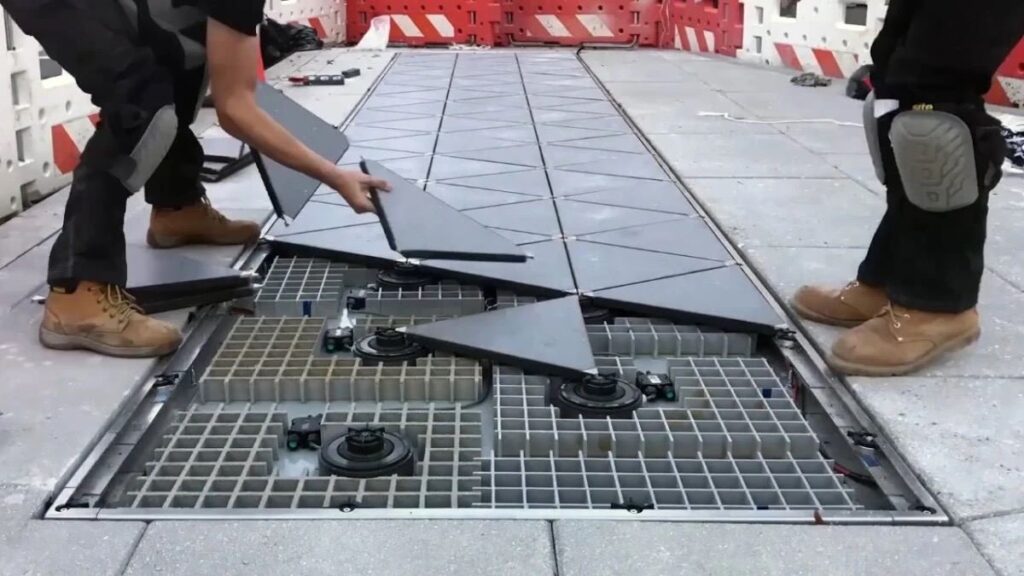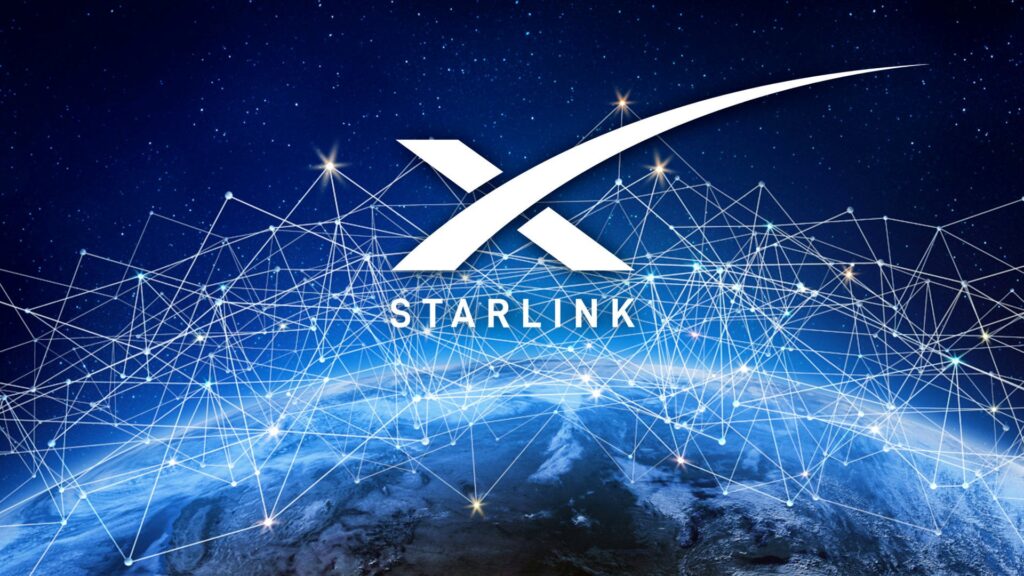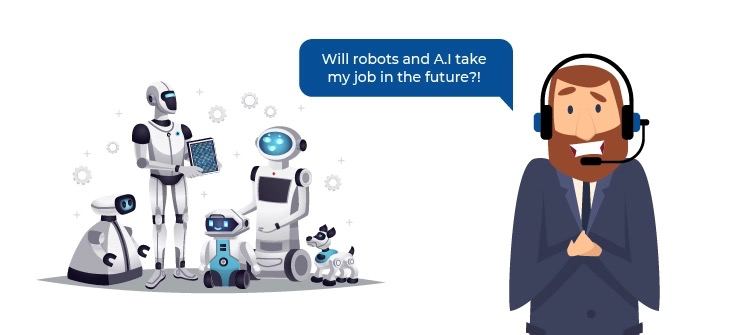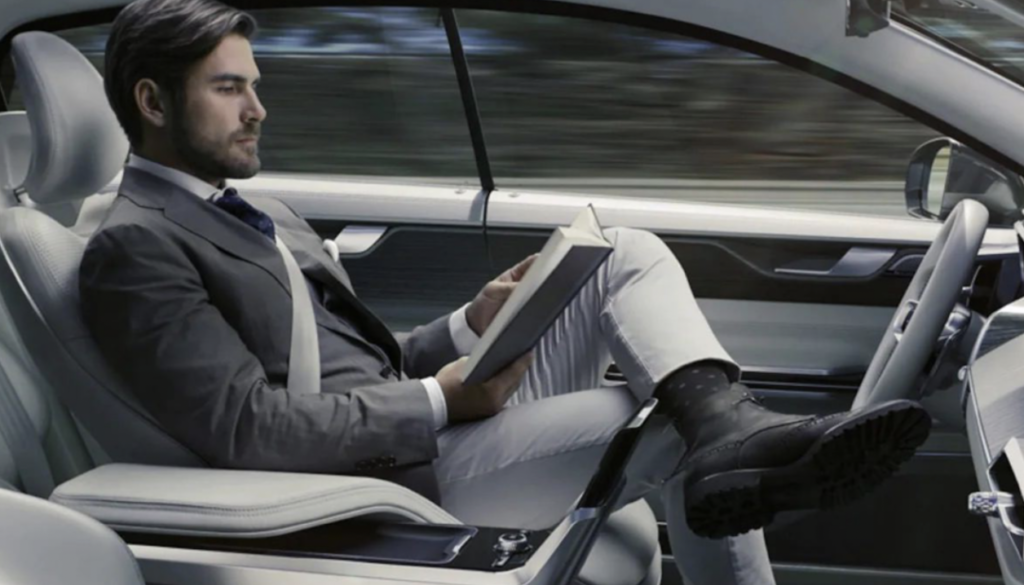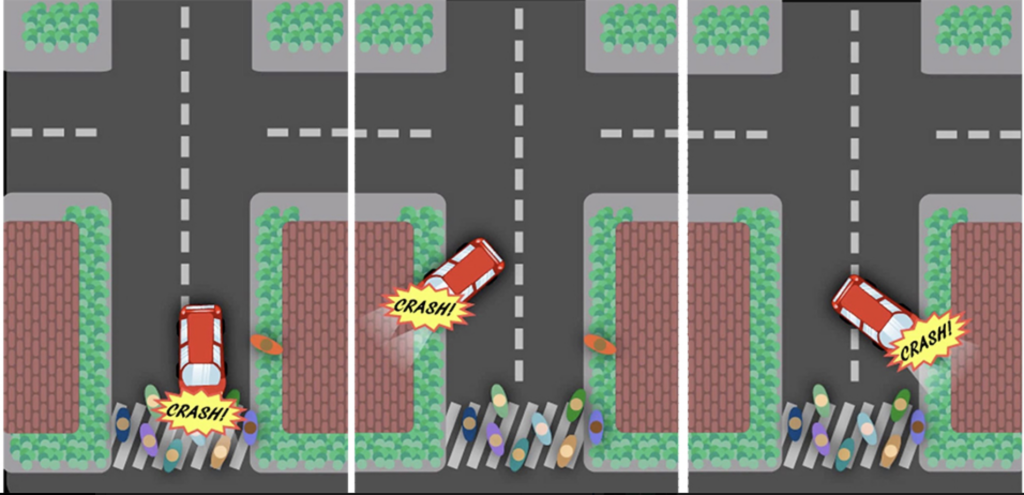Pedestrians are the most vulnerable road-users and ensuring their safety has become a challenge throughout the globe. They are facing the most significant risks from traffic accidents than other transportations, and the consequences of the injuries may be devastating.
According to the World Health Organization, approximately 1.35 million people die each year as a result of road traffic crashes. Unfortunately, pedestrians account for about 26% of these deaths. That is why, their safety is considered to be a crucial issue that affects the quality of life and well-being of each and every member of our society.
In this article, I would like to explore some of the most out of the ordinary measures that can be taken to make our streets safer for all. But firstly, let us take a glance at something more classic.
WHAT ARE THE CLASSIC SUSTAINABLE WAYS TO IMPROVE PEDESTRIAN SAFETY?
As written above, improving pedestrian safety must be key to creating a more sustainable community. Of course, there are many different measures that can be taken in order to achieve this goal. Some strategies are already being applied in some cities showing and demonstrating outstanding effects. What are the standard practices for making the streets of our cities safer for pedestrians?
- Reducing vehicle speeds The concept of reducing the speed of vehicles and speed management is considered to be one of the most effective ways to improve pedestrian safety.
- Focusing On Left-Turn Collisions Left turns usually pose a major threat to pedestrians as left-turning drivers are often distracted by watching oncoming traffic. Which is why, this strategy in the end may lead to decreasing number of intersection-related accidents.
- Improving the visibility of pedestrian-crossers Pedestrian collisions are often caused by poor lighting conditions. As a matter of course, the measures aiming at increasing pedestrian visibility to drivers should be implemented.
Providing immediate care for injured pedestrians, reducing exposure to vehicular traffic and law enforcement also add up to the crucial attributes of pedestrian safety.
However, those are the most obvious and typical ways all of us are familiar with…
HOW ABOUT SOME MORE INNOVATIVE APPROACHES?
At the moment, there are a lot of companies on the market offering their innovative solutions that are aimed at improving the level of pedestrian safety and some of them especially caught my attention.
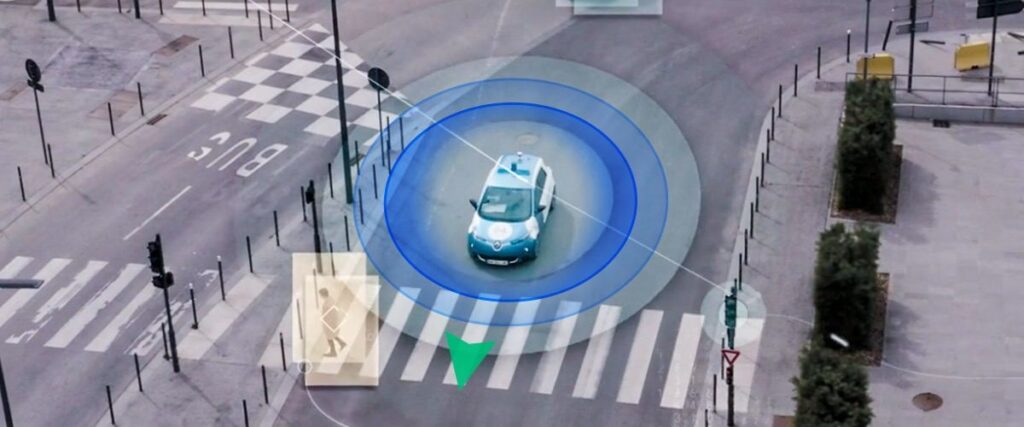
- Pedestrian Detection
Imagine if a computer system could automatically detect and recognize pedestrians in images and videos, and even understand their intentions in real-time, such as when they intend to cross the road. This kind of system would incredibly enhance the safety of autonomous cars, enabling them to avoid dangerous situations and significantly reduce the number of road accidents. To detect pedestrians, computer vision systems are expected to use bounding boxes and different types of features, such as motion-based, texture-based, etc.
A lot of companies have already introduced a pedestrian recognition system and a vehicle reaction in the event of a dangerous situation. Of course the systems are still far from perfect, error prone and require learning.
- Innovative 3-D Pedestrian Crossings
This is a pedestrian crossing that is aimed at fooling driver with the help of cleverly-detailed optical illusion.
The technology looks so realistic that it seems to drivers that white blocks have hung over the road and cast a shadow on it. The floating zebra stripes immediately get the attention of drivers, who will be sure to slow down their speed once they spot the illusional crossing. The technology has already begun to be applied in some countries, moreover, in some of them it’s not showing good outcomes, as drivers get used to the three-dimensional zebras and pass them the same way as before, without stopping.
- The crossing of the future
It is worth paying tribute to a group of British designers who, in terms of road safety, were ahead of the rest and have proposed a new concept of zebra crossing. They invented the so-called Starling Crossing – a smart pedestrian crossing.
This is the same zebra that we are used to, but built into the roadway and at the same time being a traffic light. Initially it’s not visible on the pavement, the marking appears only at the moment when it is safe for all road users to drive along it. It is activated and starts working the moment a pedestrian approaches the edge of the roadway.
By using a combination of tiles, cameras, and sensors, road and pedestrian traffic can be detected, and their positions, directions, and speeds can be calculated. This information, combined with millions of previous data points, allows for the anticipation of future movements. As a result, signs can be reconfigured in real time, including their size and direction, to increase pedestrian safety.
- Laser Crosswalk Adds A Virtual Wall On Pedestrian Lanes
Sure, as for now it’s only a concept but turning this idea into reality sounds like one of the best innovation I’ve ever seen in keeping pedestrian lanes safe. Regardless, the Laser Crosswalk, which adds a virtual wall of light between motorists and people crossing the street.
For many countries in the world, pedestrian lanes are considered to be are unsafe place, especially at night when a lot of drivers are either sleepy or tired after the whole day. The Laser Crosswalk is a perfect fit for such places as it is a technology that adds a virtual wall of light between vehicles and people crossing the street. This kind of illusion, unlike ordinary traffic lights which people can instinctively ignore, immediately triggers instincts that make you stop. As if a real wall suddenly appeared before the driver’s eyes.
Innovative technologies are beginning to make a significant contribution to improving pedestrian safety, offering various solutions to reduce accidents and fatalities. Thanks to artificial intelligence, advanced computer vision, and a huge variety of predictive algorithms, we can now better detect and anticipate pedestrian traffic. From my point of view, I genuinely believe that the potential of these innovations, combined with the classic typical ways of improving safety, which have been used in our society for a long time, is leading us to increasingly high level of safety on the roads.
Tell me which of these innovation is your favorite! Perhaps, there are any other innovative approaches in this area that have caught your attention? Share them with us in the comments down below!
references:
https://trafficsafetydirect.com/innovations-in-pedestrian-crosswalk-safety
https://tomorrow.city/a/smart-zebra-crossing
https://www.deccanherald.com/opinion/panorama/seven-measures-ensure-680824.html

